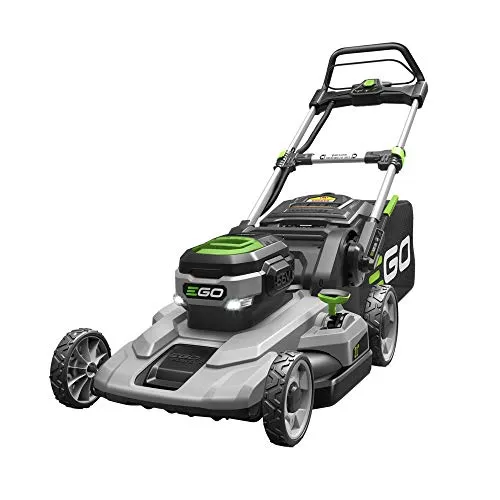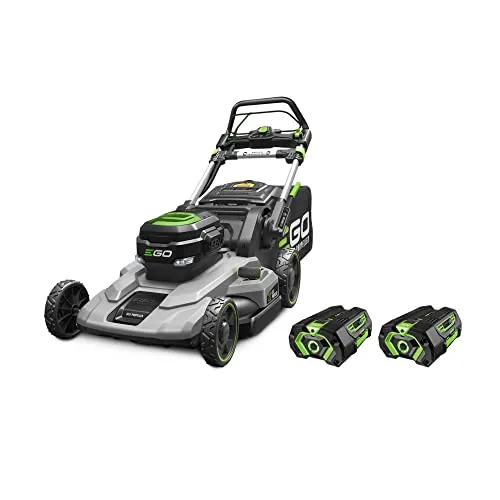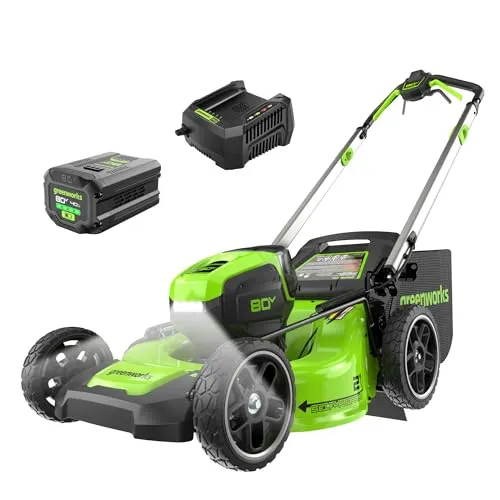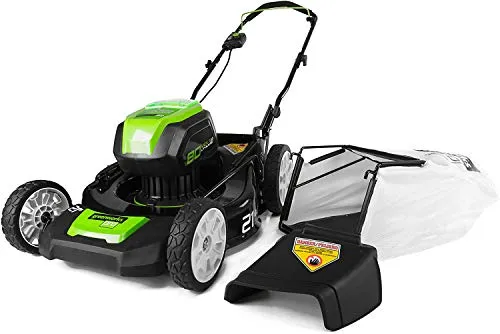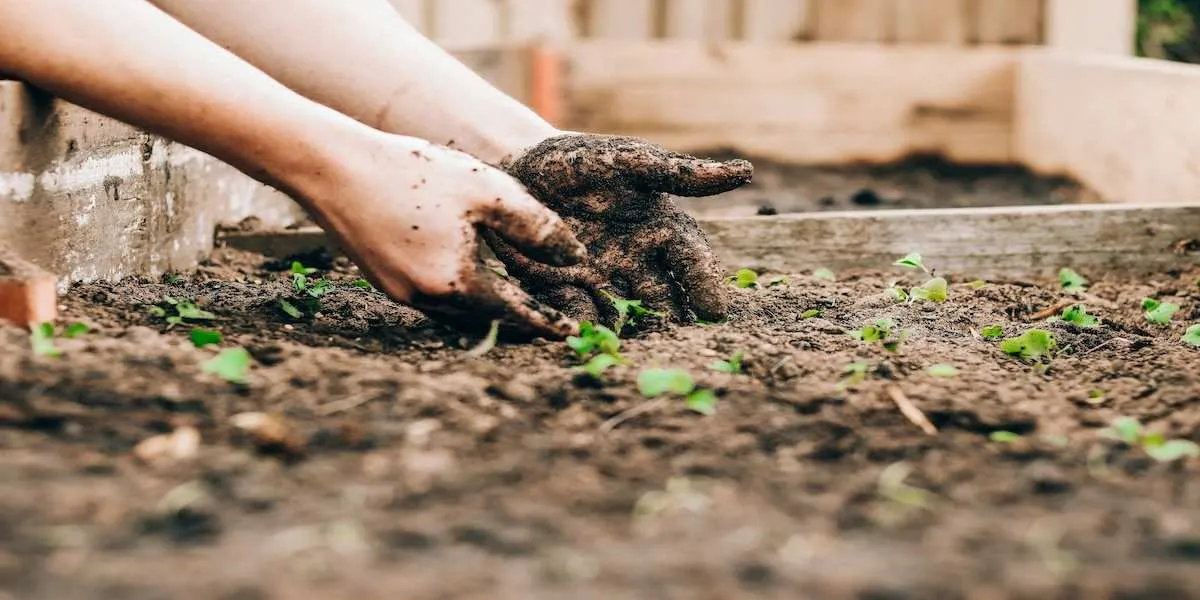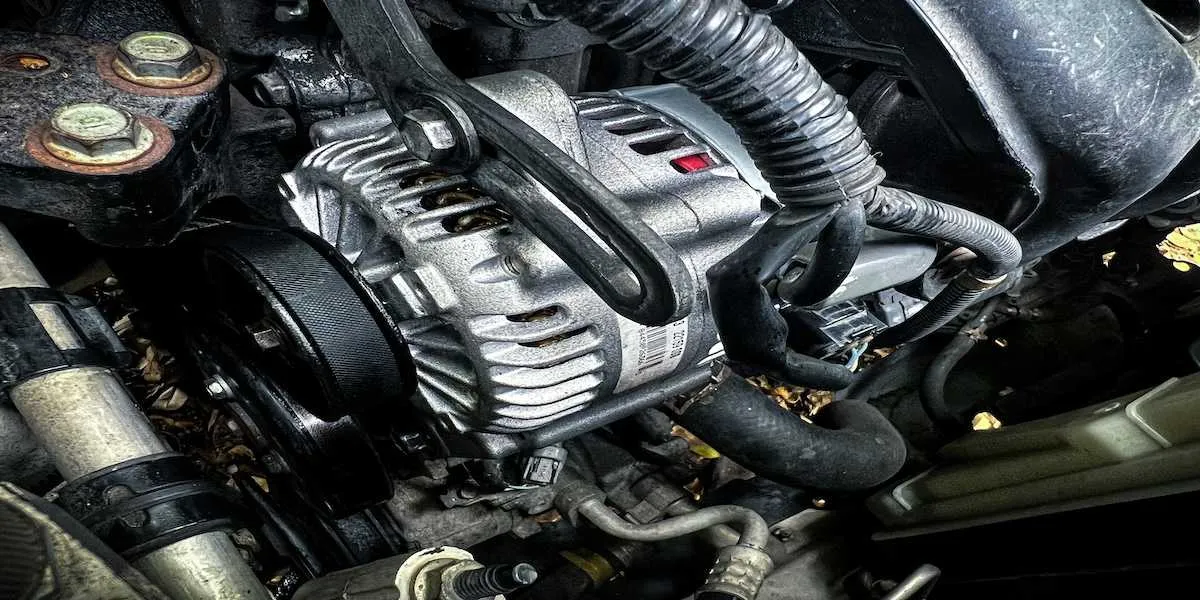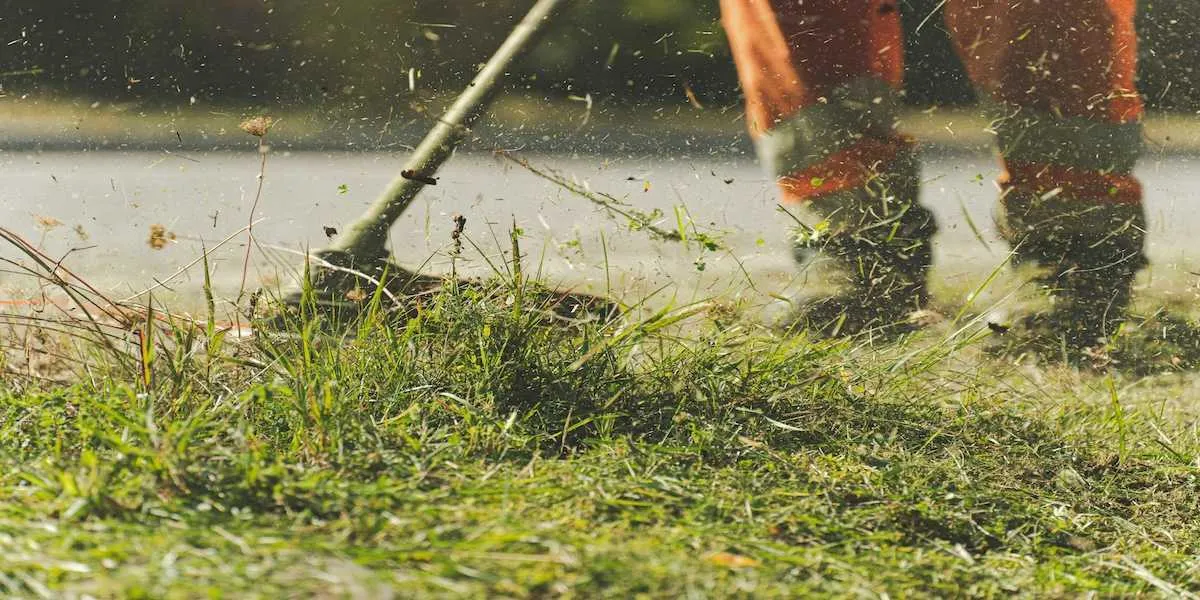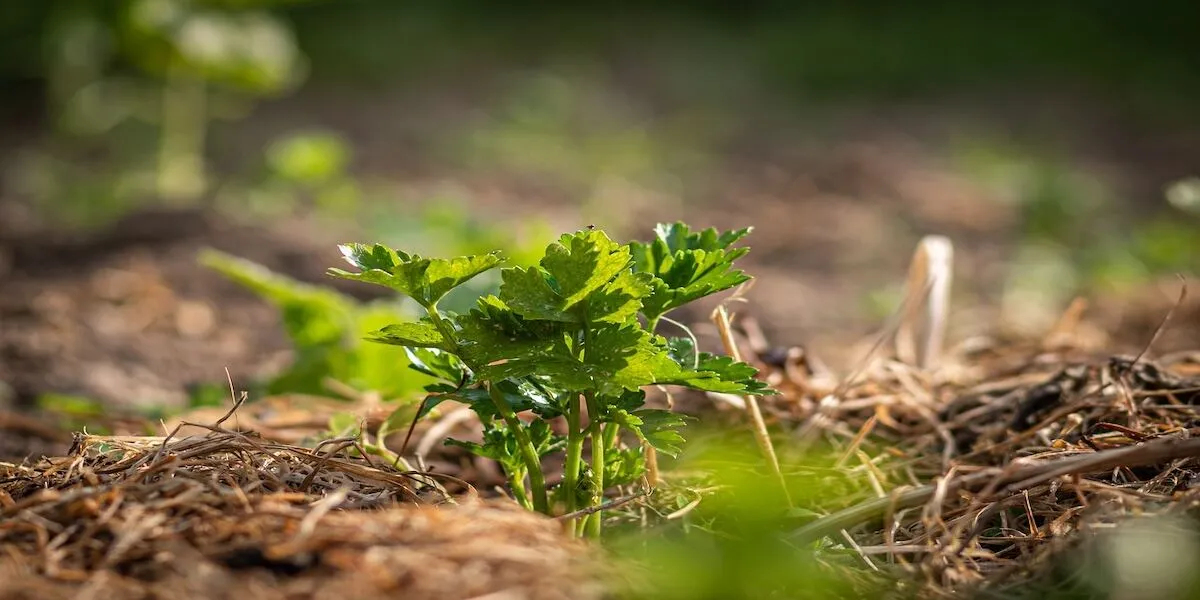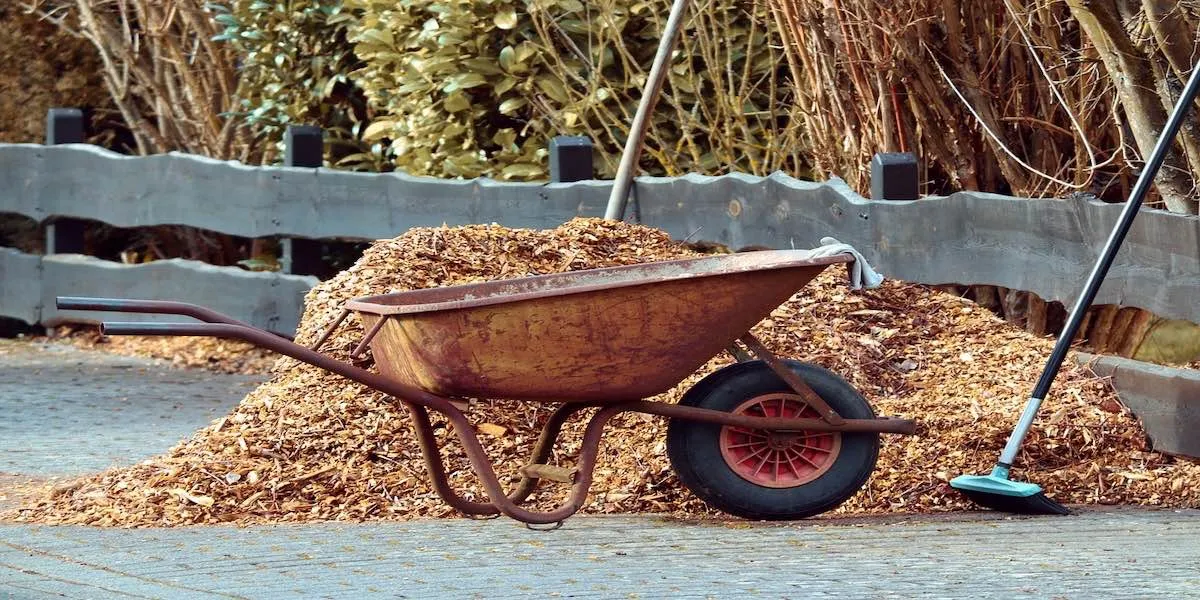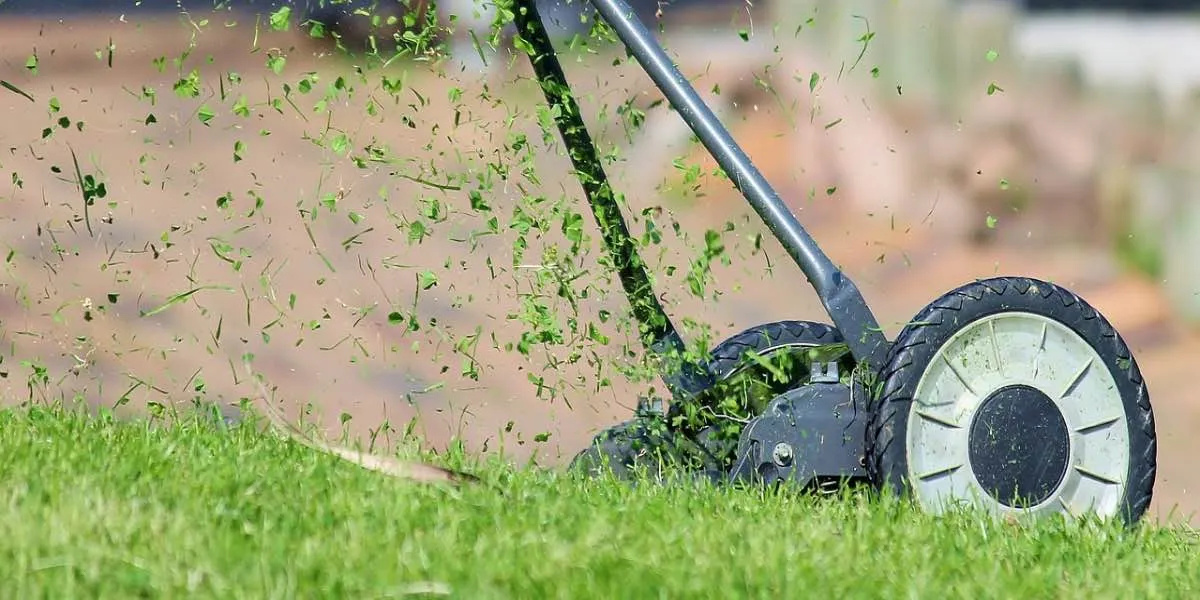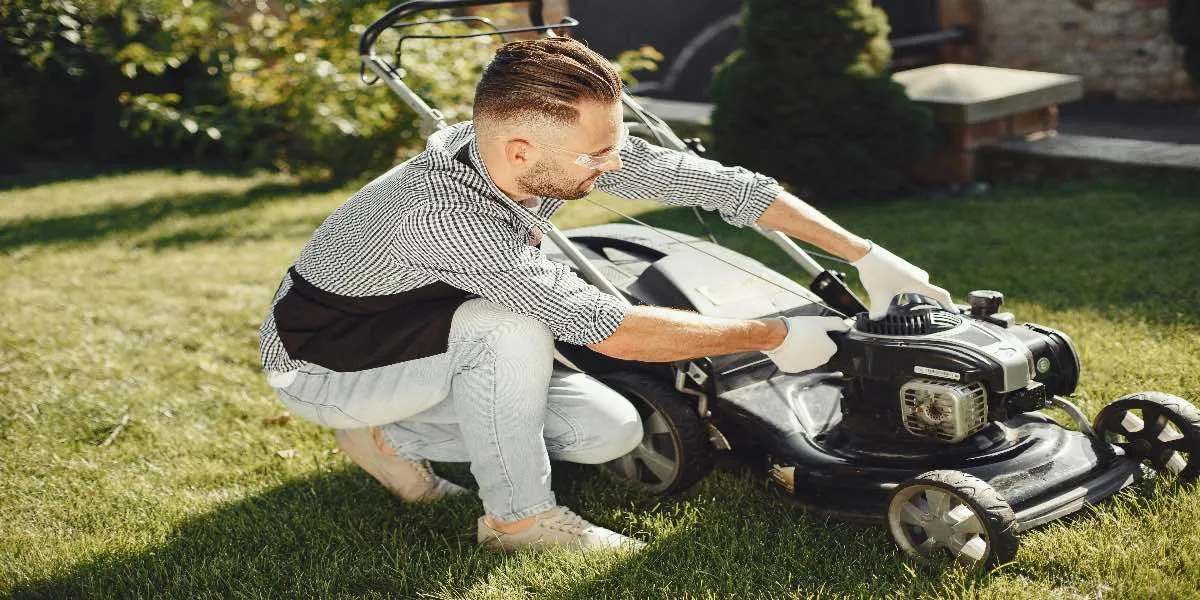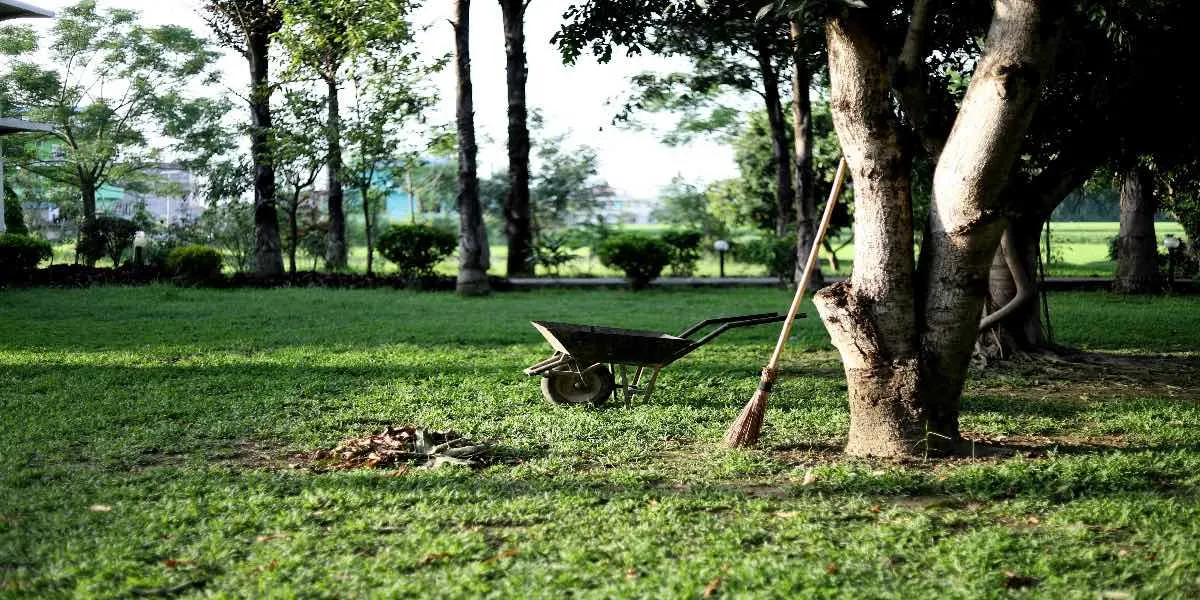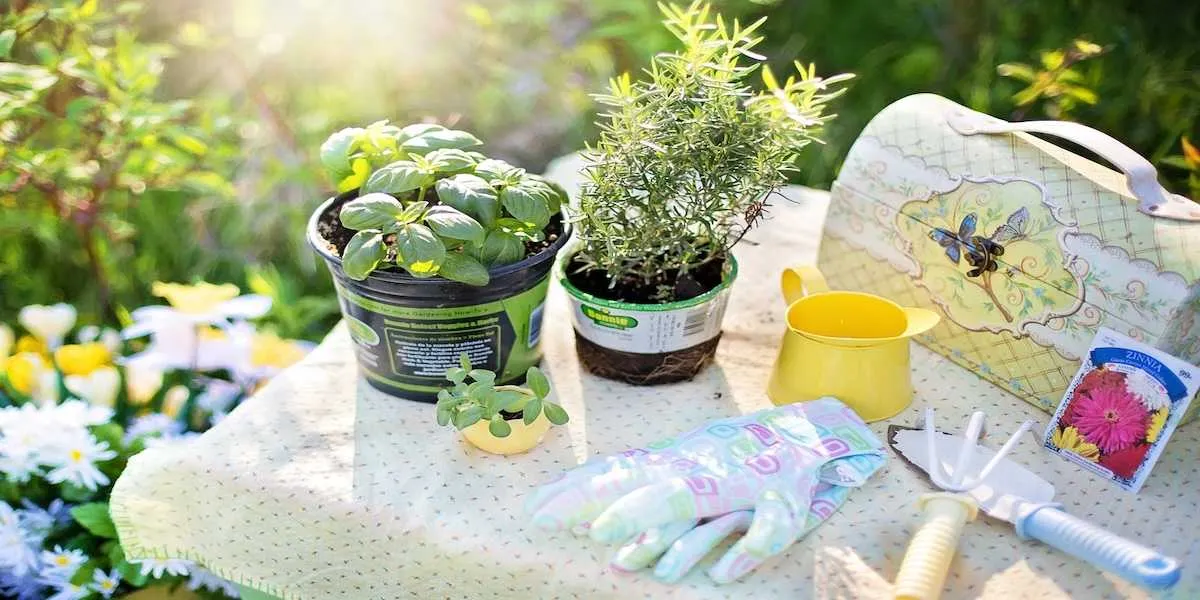Tips on How to Use a Leaf Blower to Clean Your Lawn
Tools Official on May 15, 2024
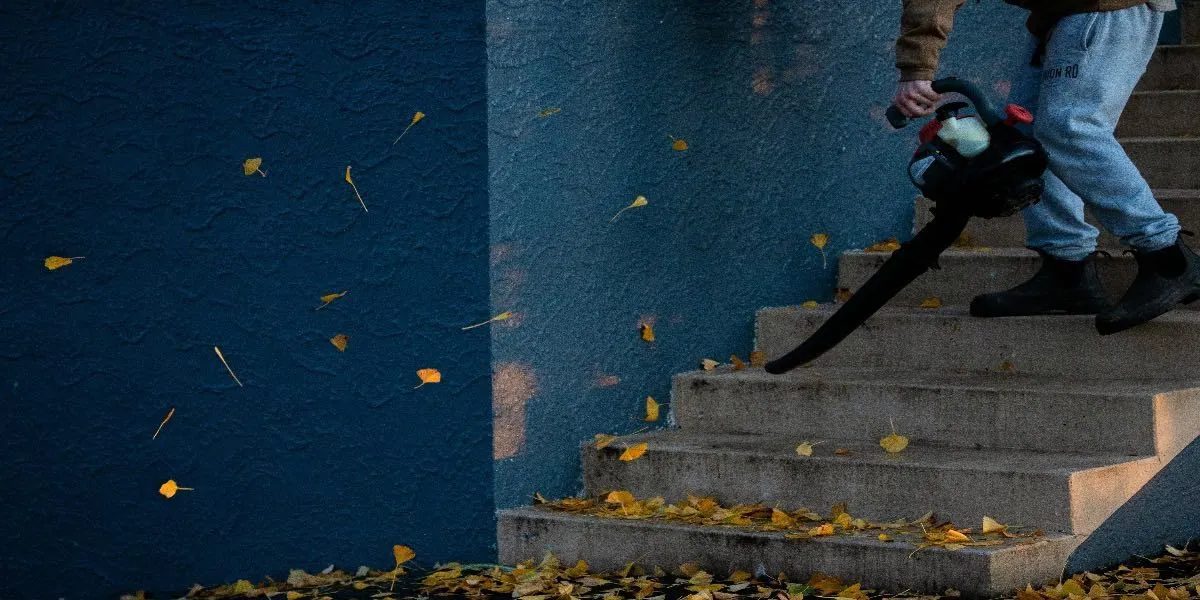
We earn affiliate commissions at no extra cost to you.
Leaf blowers are powerful tools that can help you easily maintain a clean and tidy lawn. They are especially useful for yards with a lot of surrounding trees and shrubs and during autumn when fallen leaves are everywhere.
Knowing how to use a this device can effectively save you a lot of time and effort, making yard work much easier.
This article will guide you through the steps and tips on how to use the leaf blower, so you can get your work faster and enjoy a pristine yard.
How do I use a leaf blower safely?
Wear safety gear.
Before you even consider turning on your device, suit up and make sure you're protected. Safety is crucial. While seemingly harmless compared to other power tools like chainsaws or lawnmowers, leaf blowers can kick up dust and debris that can be harmful if they get into your eyes or lungs.
Here are the essential protective items you'll need.
- Safety goggles to protect your eyes from flying debris.
- Ear protection such as earplugs or ear muffs to guard against loud noise. Leaf blowers generate between 70 to 90 decibels of noise and can damage hearing after prolonged use.
- Dust mask to avoid inhaling dust, mold spores, and other allergens that may get stirred up when you blow the leaves.
- Sturdy gloves protect your hands from blisters and injuries when picking or moving large items, such as branches or rocks.
Clear up large branches and debris.
A leaf blower is designed to move leaves and debris, not large branches or rocks. So make sure to walk around your yard and manually remove any sizable objects that may get in the way of your work. This will also prevent damage to your blower and ensure you don't accidentally send large debris flying into something or someone.
Plan where your leaves will land.
Having a clear plan of where you want the leaves to go can save you a lot of time and effort. Decide where you'll put the leaves for easy collection. This could be a compost pile, a corner of your yard, or directly onto a tarp for easy removal. With a tarp, you can easily drag your collected leaves to your desired disposal location.
Choose the right leaf blower.
Choosing the right blower and understanding its capabilities will help you use it more effectively. Here are the things you need to keep in mind.
- Battery life for cordless models. Ensure your battery is fully charged before you start. Know how long the battery lasts so you can plan your work accordingly.
- Fuel level for gas models. Fill the tank before you begin to avoid interruptions. You don't want to be running out of gas in the middle of your work.
- Airflow settings. Most blowers come with adjustable settings. Higher settings are more suitable for large open areas, while lower power settings are better for delicate areas like flower beds.
Work in one direction only.
To make it easier to blow leaves in your garden, always do it in a single direction. This prevents leaves from being blown back into areas you've already cleared. It also helps you manage the flow of dust in your lawn. Start at one edge of your yard and methodically work towards to the center. Maintain a back-and-forth or sweeping motion as you walk slowly toward your designated collection area
Position your leaf blower properly.
Aside from working in one direction, it's also important to know how to hold the blower properly. Aim the nozzle at a shallow angle to the ground to lift the leaves and move them without scattering them into the air. A slight slant allows for more precise control, reducing the amount of leaves that escape your intended path.
Clean up any stragglers.
After you've gathered a majority of the garden leaves, there will likely be some stragglers left. Switch your device into a lower setting to gently corral your remaining leaves into the main leaf pile. For those caught in tight spots, a leaf rake would be helpful in gathering them up. This final bit ensures your yard is completely clean.
What do I do with the gathered leaves?
Once you've collected your leaves into a neat pile, you have several options for disposal or use.
1. Composting
Leaves are an excellent addition to a compost heap. They break down into nutrient-rich organic matter, which can be used to enhance your garden soil. If you like gardening, doing this is a great way to make use of leaves that would otherwise go to the trash. Shred the leaves first, if possible, to speed up the decomposition process.
2. Mulching
Leaves are also excellent mulch. Use a leaf shredder to chop the leaves into smaller pieces. Spread this mulch over your garden beds or around trees and shrubs. Mulch helps retain soil moisture, suppresses weeds, and adds organic material to the soil as it breaks down.
3. Garden bed filler
If you have raised beds, you can use the dry leaves as an eco-friendly and cost-effective way to fill up your garden bed. You can also add some of the branches you've picked up to amend your garden bed.
4. Yard waste disposal
If your community has a designated yard waste disposal site, you can transport your leaves there. Check your local regulations to see if this service is available in your area. Leaves are usually collected in biodegradable bags and specific containers.
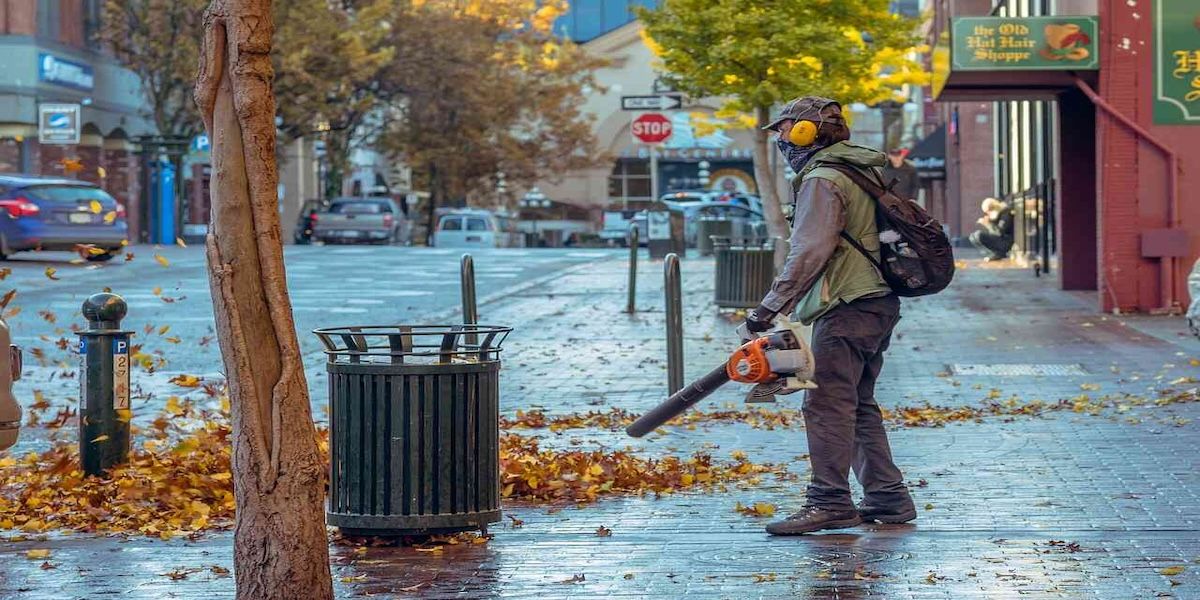
Useful Tips for Easy Leaf Blowing
Do not use the leaf blower on wet leaves.
Wet leaves are heavier and stickier than dry ones, making them much harder to direct and move with a leaf blower. This can potentially damage your leaf blower and reduce its efficiency. Wait for the wet leaves to dry before you tackle your leaf-blowing chores. Not only will this make the job easier but also prevent your risk of slipping on wet surfaces.
Use lower power settings on hard surfaces.
When blowing leaves off hard surfaces like driveways and patios, use the lowest setting on your leaf blower. Higher settings can blow up dust and leaves too widely, making the clean-up more difficult. The lower setting provides better control, allowing you to direct the leaves into manageable mounds without blowing them all over the place.
Do not use the blower after applying fertilizer.
Leaf blowers can disperse fertilizer and pesticide granules, so avoid using them after application. Wait until these substances have fully settled and absorbed into the soil before using your leaf blower to ensure your yard treatments remain effective. This will also prevent you from inhaling potentially harmful substances.
Learn to work with the wind.
The wind can be your friend or foe when using the leaf blower. If it's a breezy day, align your blowing direction with the wind to help move the leaves more easily. On the other hand, if the wind is blowing too harshly and the weather is too unpredictable, better put your leaf blower back into the garage and wait for a calm day. Working against the wind is frustrating and counter-productive.
Work on smaller sections.
Trying to blow all the leaves in your yard at once can be overwhelming. It may even make you want to stop before even completing your task. To make the job more approachable, divide your yard into smaller sections and tackle one area at a time. This makes things more manageable and ensures each section is thoroughly cleaned before moving on to the next area.
Use the vacuum feature for inaccessible areas.
Many modern leaf blowers have vacuum mode that allow you to reach leaves in tight or inaccessible areas like under the bush, around blower beds, or in corners. You can also use this function to remove leaves trapped around rocks. Using this feature will help you clean hard-to-reach spots and allow you to achieve a cleaner yard.
Dispose of the leaves as you go.
As you collect of leaves for each section, dispose of them immediately. Do not wait until the end of your blowing session to prevent the wind from scattering your leaves and undoing your hours of hard work. Moreover, cleaning small piles is easier than removing large piles. Use leaf bags or the bin to keep your yard tidy.
What are the types of leaf blower available?
Leaf blowers come in different types, each suited for different tasks and preferences. Understanding these types will help you choose the right leaf blower for your needs.
1. Handheld Leaf Blowers
Handheld leaf blowers are the most common and versatile type. They are lightweight, easy to maneuver, and ideal for small yards. Handheld blowers come in both electric (corded or cordless) and gas-powered models. Electric models are quieter and require less maintenance, while gas-powered models offer more power and mobility.
2. Backpack Leaf Blowers
Backpack leaf blowers are designed for medium to large yards and extended use. They distribute the weight of the blower across your back and shoulders, reducing fatigue during prolonged use. However, they can also be unwieldy for individuals with smaller build. These blowers are typically more powerful than handheld models and are usually gas-powered, making them suitable for heavy-duty tasks.
3. Walk-Behind Leaf Blowers
Walk-behind leaf blowers are the most powerful models. They are intended for large properties and commercial use. The are mounted on wheels and pushed like a lawnmower, allowing you to cover large areas quickly. These mowers are gas-powered like the backpack models and can handle significant amounts of dust, dirt, and leaves with ease.
To End
Using a leaf blower can make yard maintenance much easier if you know how to do it correctly. By following the steps and the tips mentioned in this guide, you can keep your yard clean and beautiful with minimal effort.
Hope we helped. Happy leaf blowing!

